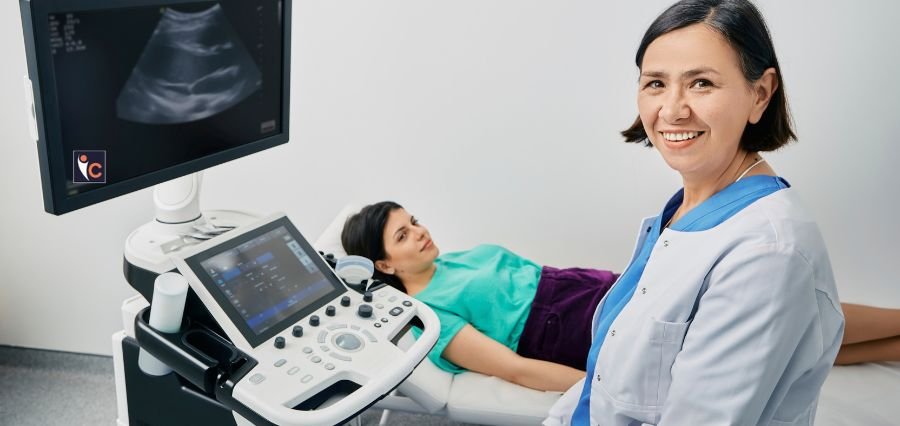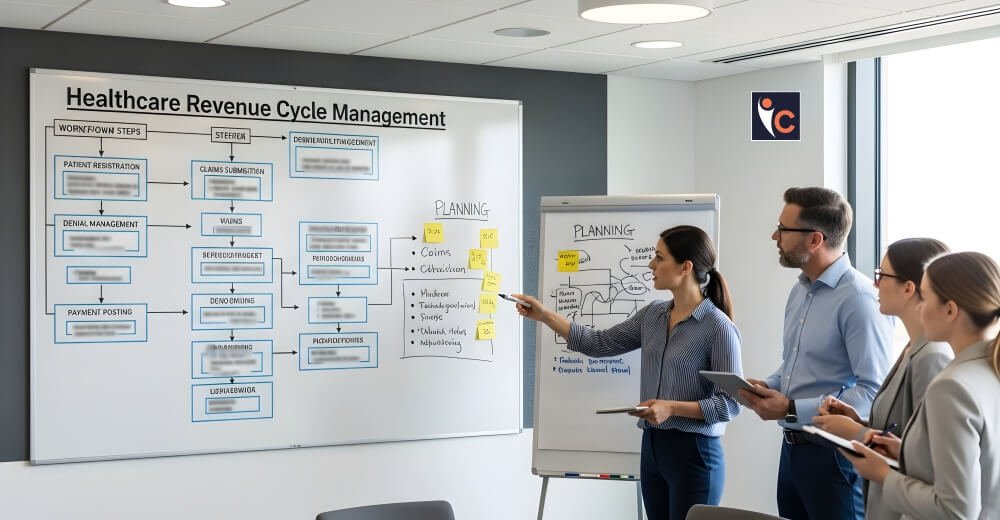In today’s rapidly changing digital health days, Remote Patient Monitoring Devices are the cornerstones of today’s patient-centric care. These sophisticated devices are transforming the manner in which healthcare practitioners are diagnosing, tracking, and treating patients—most particularly chronic patients or those residing in rural communities. With greater focus on real-time health information and better clinical results, Remote Patient Monitoring Devices not only increase patient activation but also reduce hospital readmission and healthcare expenditure.
What are Remote Patient Monitoring Devices?
Remote Patient Monitoring Devices are medical equipment which take medical information from patients at an initial location and electronically, in a secure manner, send the information to health providers at a second location. The devices provide real-time monitoring of such vital signs as heart rate, blood pressure, oxygen saturation, blood glucose, etc.—all outside clinical facilities.
Wherever a patient is, whether at home, the office, or abroad, physicians and other healthcare professionals can peruse updated and reliable information to better assist in providing improved care and treatment to the patient.
Introduction of Remote Patient Monitoring Devices in Digital Health
Usage of Remote Patient Monitoring Devices has been technology and need-led for an expandable healthcare solution. Telemedicine spread further globally during the pandemic, and remote monitoring was a component of newer healthcare delivery.
This remote care was not a fad, but a requirement. Hospitals were full to capacity, patients shunned clinics due to the fear of infection, and healthcare systems had to catch up at speed. This was the time Remote Patient Monitoring Devices entered the spotlight, filling the gap between physicians and patients without ever falling behind on the quality of care.
Key Benefits of Remote Patient Monitoring Devices
1. Improved Control of Chronic Diseases
Chronic disease patients like diabetes, high blood pressure, and COPD significantly prosper with Remote Patient Monitoring Devices. Physicians are able to monitor symptoms and signs, medications, and vital signs on a daily basis with early identification of any faults and timely treatment with such devices.
2. Enhanced Patient Engagement
The patients are more certain about their health when they are proactively involved with the utilization of Remote Patient Monitoring Devices. The devices, by providing feedback and cell phone messages in real time, enable individuals to take prudent life-style decisions, thus evoking responsibility along with compliance.
3. Cost Savings to Healthcare Providers
Through minimizing unnecessary emergency admissions and readmissions, Remote Patient Monitoring Devices lower the hospital and clinic operating costs considerably. They even enable physicians to care for more patients at speed with remote care models.
4. Convenience and Accessibility
The best benefit of Remote Patient Monitoring Devices is that patients in far-off or disadvantaged regions can be treated. Machines fill the spatial gap with timely medical care, even from distant places.
Best-Selling Remote Patient Monitoring Devices Segments
1. Wearable Heart Monitors
Wearable smartwatches and ECG monitors can record heart rhythm, heart rate, and other heart parameters round the clock, which detect early arrhythmia or heart failure.
2. Glucose Monitors
Diabetic patients’ continuous glucose monitors (CGMs) give current blood glucose readings, leaving their fingers to puncture multiple times and provide actionable insights.
3. Blood Pressure Cuffs
Bluetooth blood pressure cuffs transmit readings to medical staff directly, enhancing hypertension and cardiovascular disease care.
4. Pulse Oximeters
Small, pain-free Remote Patient Monitoring Devices track oxygen saturation, especially beneficial among respiratory patients or post-surgical or infectious diseases like COVID-19.
5. Temperature Smart Scales
Smart digital smart scales with connectivity can measure weight, BMI, and even water level to enhance patient monitoring.
Trends in the Future of Remote Patient Monitoring Devices
1. Predictive Analysis using AI
Remote Patient Monitoring Devices” are becoming intelligent by the integration of AI. Predictive analysis can sense early warning signs so that healthcare professionals can prevent complications from developing.
2. Integration of EHR
Effortless integration of EHR into Remote Patient Monitoring Devices allows doctors to have a lead in the patient’s status with an integrated perspective, thereby enabling clinical decision-making and continuity of care.
3. Advanced Data Security Features
Developers of facilities that process patient information are investing in the encryption and security of the industry’s best to make all Remote Patient Monitoring Devices data secure and confidential.
4. User-Friendly User Interface and App Ecosystems
Devices are usable by patients of all ages. Companies are thus targeting ease of development, multilinguality, and compatibility with popular mobile apps for ease of use.
Challenge to Widespread Use
Whereas there is increasing popularity of Remote Patient Monitoring Devices, some issues exist:
- Data Overload: Doctors must parse the gigantic amounts of data on a daily basis, and enhanced filtering and alert mechanism must be there.
- Reimbursement and Regulation: A bit of uncertainty still exists geographically about the issues of insurance reimbursement as well as regulatory policies.
- Tech Literacy: The elderly or non-tech patients will be less likely to embrace advanced devices or apps.
Reaching beyond them is the way to maximizing potential of Remote Patient Monitoring Devices to heal hordes of people.
The Bottom Line: Embracing the New Normal
The revolution induced by digitalization in the healthcare sector is finally upon us, and the Remote Patient Monitoring Devices are charting the course. With real-time connectivity, early identification, and preventive therapy, these devices are redefining the healthcare system to make it inclusive, accessible, and effective.
As distanced care continues to be in higher demand day by day, so will innovation that accompanies it. Both patients and providers can visualize the availability of virtual substitutes and having care within their own control.
Read More: IN-Vitro Diagnostic Breakthrough with AI & ML Tools





